When exploring Andean and Indigenous architecture, one can’t help but notice how it reflects the vibrant cultures and histories of the region. Take Cholets, for example; these colorful homes in El Alto don’t just stand out for their unique designs, but they also weave personal narratives and social status into their walls. Friends who’ve visited often share how these structures seem to tell a story, inviting a deeper connection to the land and its people. But what truly inspires these architectural choices? That’s a question worth pondering as the conversation unfolds.
Key Points
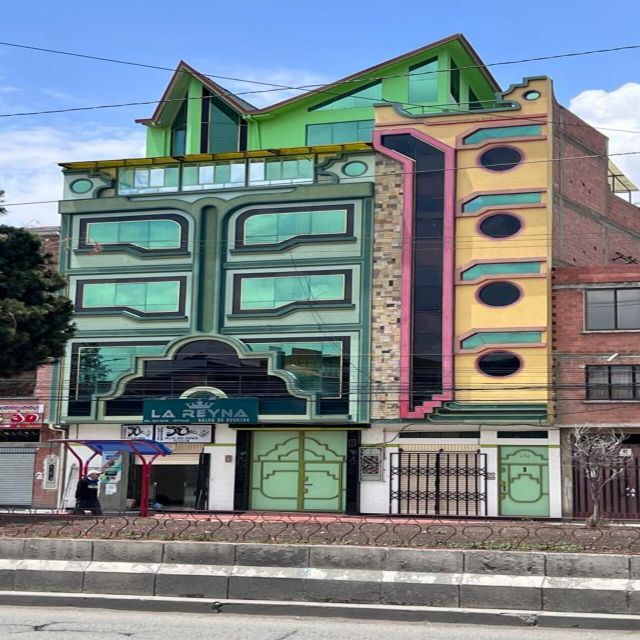
- Andean architecture merges ancient Incan stonework with modern influences, showcasing the region’s rich cultural heritage.
- Indigenous styles emphasize vibrant colors and intricate patterns, symbolizing community identity and harmony with nature.
- Cholets in El Alto represent Aymara culture, blending traditional motifs with modern designs to reflect social status and personal stories.
- Locally sourced materials like adobe and stone are commonly used, incorporating symbols from Aymara mythology into architectural designs.
- Effective public transport, including cable cars, connects visitors to significant architectural sites, enhancing exploration of Andean heritage.
Overview of Andean Architecture

Andean architecture, with its stunning blend of ancient traditions and modern influences, showcases the rich cultural tapestry of the region, inviting visitors to explore its unique structures and the stories they hold.
From the impressive stonework of Incan temples to the vibrant colors of contemporary buildings, the architecture reflects the diverse history and culture of the Andes.
Tourists often marvel at the intricate designs that tell tales of the indigenous peoples, their beliefs, and their connection to the land.
One traveler recalled standing in awe before a Cholet, feeling the energy of the Aymara culture radiate from its bold patterns.
It’s these experiences that make Andean architecture not just visually captivating, but also a gateway to a deeper understanding of the region’s heritage.
You can also read our reviews of more tours and experiences in La Paz.
Characteristics of Indigenous Styles
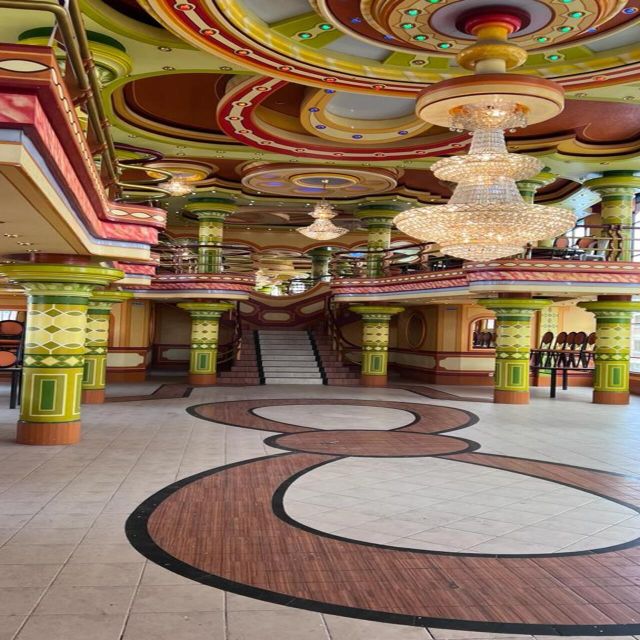
Indigenous architectural styles in the Andes stand out for their vibrant colors, intricate patterns, and deep cultural symbolism, often reflecting the community’s identity and values. Each structure tells a story, embodying the beliefs and traditions of the people.
For instance, the use of geometric shapes isn’t just for aesthetics; it represents harmony with nature and the cosmos. During visits, one can’t help but notice how these buildings harmonize with their surroundings, blending seamlessly into the landscape.
A local guide once shared how a particular pattern meant prosperity, and it’s fascinating to see families take pride in these elements. The warmth of the colors mirrors the spirit of the Andean communities, making each building a heartfelt expression of their heritage.
The Significance of Cholets
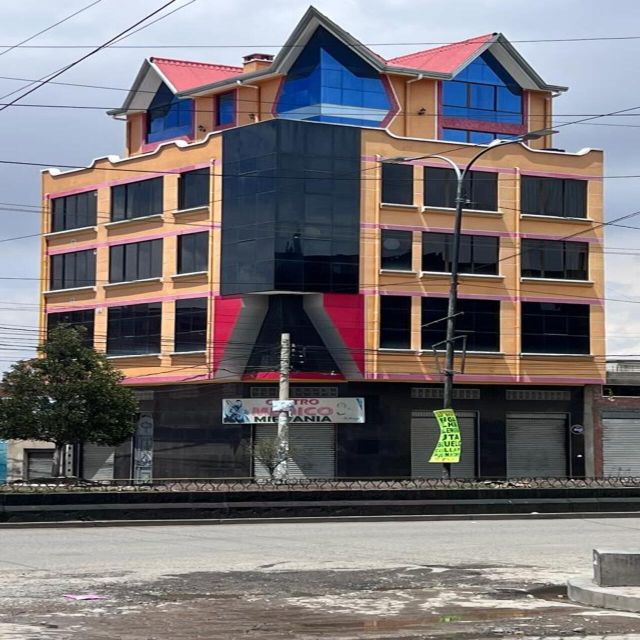
Cholets serve as a vibrant testament to Aymara culture, showcasing the community’s identity and social hierarchy through their striking architecture and unique design elements. These colorful buildings often reflect personal stories and aspirations, blending traditional motifs with modern influences. For instance, a local might choose bright colors to signify joy or success.
To better understand their significance, here’s a quick overview:
| Feature | Description | Importance |
|---|---|---|
| Color | Bright and varied | Represents personal identity |
| Design | Unique, often whimsical | Reflects cultural pride |
| Materials | Concrete, glass, and traditional | Combines modernity with tradition |
| Location | Predominantly in El Alto | Symbolizes Aymara resilience |
| Function | Residential and commercial | Supports community interaction |
Notable Examples of Cholets
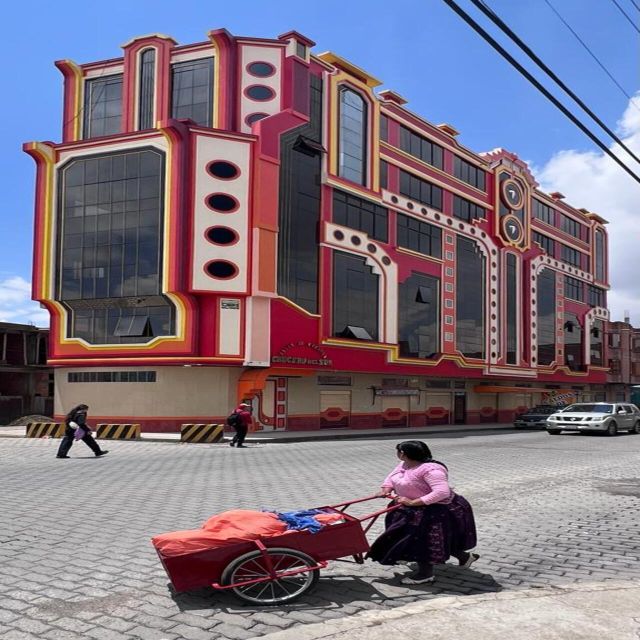
The vibrant architecture of notable Cholets, like the Titanic and Transformers, showcases the creativity and cultural pride of the Aymara people, each building telling its own unique story through bold colors and intricate designs.
The Titanic, with its whimsical ship-like structure, captures attention and symbolizes the dreams of its owners. Meanwhile, the Transformers stands out with its modern, angular design, merging traditional elements with contemporary flair.
Visitors often share how these buildings evoke a sense of awe, reflecting the owners’ social status and aspirations. Many locals take pride in these architectural marvels, often pointing them out to friends and family.
Each Cholet isn’t just a building; it’s a celebration of identity and heritage, resonating with those who encounter them.
More Great Tours NearbyCultural Influences on Design
Cultural influences play a significant role in shaping the vibrant designs of Andean architecture, blending traditional elements with modern aesthetics that reflect the identity and values of the Aymara people. These unique structures tell stories of heritage, community, and innovation.
Here are three cultural influences that stand out:
-
Materials: Locally sourced materials like adobe and stone showcase the region’s natural resources.
-
Symbolism: Many designs incorporate symbols from Aymara mythology, enriching the architecture’s narrative.
-
Social Status: The grandeur of Cholets reflects the social status and aspirations of their owners, making architecture a canvas for personal expression.
When visiting these architectural marvels, one can’t help but feel the deep connection between the people and their land.
- Vertical Route, the Highest via Ferrata in America
- Death Road, Bolivia: Mountain Bike Tour on the Worlds Most Dangerous Road
- Full Day Guided Tour in Copacabana and Isla Del Sol
- Cable Car, Cementery, Shaman and El Alto Adventure in La Paz
- La Paz City Walking Tour Including Historical Streets
- Private City Tour, Cable Car and Moon Valley
Transportation and Accessibility
Exploring the stunning architecture of the Andes and the Aymara culture is made even easier with efficient transportation options that connect visitors to these vibrant sites.
The public transport system in El Alto is reliable and affordable, allowing travelers to effortlessly reach iconic locations.
Cable car rides offer breathtaking views of both La Paz and El Alto, making the journey itself an unforgettable experience. One traveler recalled their excitement as they soared above the city, snapping photos of the landscape below.
With convenient access to Cholets and other architectural wonders, visitors can fully enjoy the rich culture.
Thanks to these transportation options, exploring the Andean region becomes a seamless adventure that’s both enjoyable and memorable.
Essentials for Your Tour
Packing wisely can make all the difference in ensuring a comfortable and enjoyable experience during the Andean and Indigenous architecture tour. To fully enjoy this unique adventure, here are three essentials to consider:
-
Weather-Appropriate Clothing: The weather can change quickly, so pack jackets and umbrellas.
-
Comfortable Walking Shoes: You’ll be exploring vibrant neighborhoods, and comfortable shoes can make all the difference.
-
Snacks and Water: Staying hydrated and energized is key during your explorations.
On her last tour, a traveler forgot her water and regretted it as she climbed the hills of El Alto.
Planning ahead with the right gear ensures you won’t miss a moment of stunning architecture and rich culture!
Booking and Pricing Details
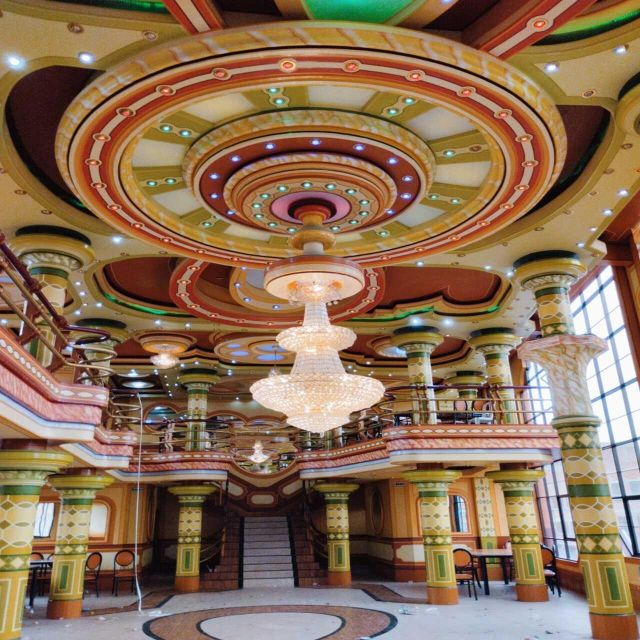
With the right gear in hand, travelers can easily navigate the booking process for the Andean and Indigenous architecture tour, ensuring an unforgettable experience without any hiccups.
They’ll find the starting price quite reasonable at just £24.96 per group. Plus, the tour offers flexible booking options, allowing them to reserve now and pay later.
Travelers can even enjoy peace of mind with free cancellation up to 24 hours in advance for a full refund. When my friend booked her tour, she appreciated how straightforward the process was, making it easy to secure her spot.
Just remember to meet at the Orange Cable Car Station by 2:00 p.m. to kick off the adventure!
Frequently Asked Questions
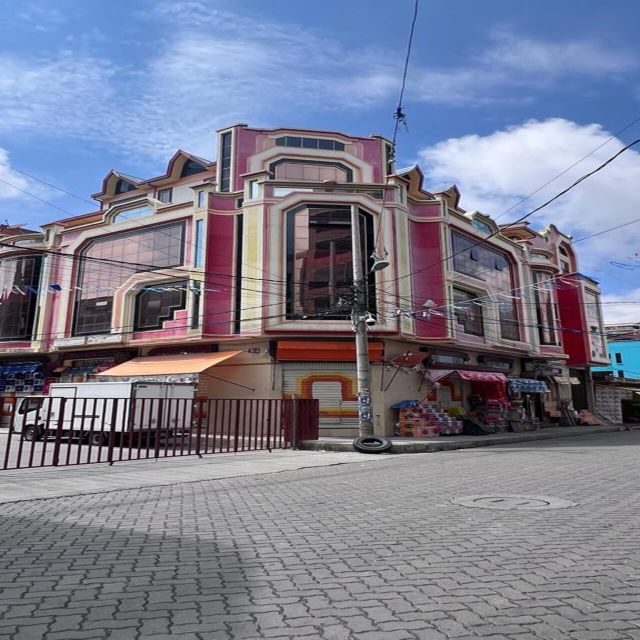
What Is the Best Time to Visit El Alto for This Tour?
They say the best time to visit El Alto for this tour is during the dry season, from May to October. Clear skies enhance the stunning views, making every moment truly unforgettable for visitors.
Are Children Allowed on the Andean Architecture Tour?
Yes, children are welcome on the tour. Families often enjoy exploring together, discovering fascinating architecture, and engaging with the vibrant culture. It’s a great opportunity for kids to learn while having fun!
Is the Tour Wheelchair Accessible?
The tour isn’t fully wheelchair accessible, but the guide can suggest alternative routes. They’ve accommodated guests before, ensuring everyone enjoys the experience. It’s best to reach out beforehand to discuss specific needs.
Can I Take Photos Inside the Cholets?
She asked if photos are allowed inside the Cholets. The guide smiled, explaining that taking pictures is encouraged, allowing everyone to capture the vibrant culture and unique architecture, making lasting memories of the experience.
What Languages Are Spoken by the Tour Guide?
The tour guide speaks both English and Spanish, ensuring everyone understands. Last week, a participant mentioned how helpful it was to hear explanations in their preferred language, making the experience even more enjoyable and immersive.
Recap
In exploring Andean and Indigenous architecture, one can’t help but feel a connection to the stories woven into each vibrant building.
From the captivating designs of Cholets to the rich cultural influences that shape them, these structures breathe life into the Andes.
Whether you’re wandering through El Alto or admiring the intricate patterns, the experience invites you to appreciate the heritage and aspirations of the communities.
So, why not dive in and discover the beauty for yourself?
You can check availability for your dates here:More Tour Reviews in La Paz
- Espiritu Santo Island Combo: Sea Lions and Paddleboard 1 to 6 Private Group
- Private Kayaking Adventure Around the Mangroves and La Paz Bay
- La Paz and Todos Santos City and Beaches Tour
- Espiritu Santo Island Tour
- Mucho Gustos Mezcal Tasting Experience
- Private Luxury Yacht Tour to Balandra Beach & Isla Espritu Santo
Not for you? Here's more nearby things to do in La Paz we have reviewed
- Espiritu Santo Island Combo: Sea Lions and Paddleboard 1 to 6 Private Group
- Private Kayaking Adventure Around the Mangroves and La Paz Bay
- La Paz and Todos Santos City and Beaches Tour
- Espiritu Santo Island Tour
- Mucho Gustos Mezcal Tasting Experience
- Private Luxury Yacht Tour to Balandra Beach & Isla Espritu Santo
- 21 Best Guided Tours In La Paz
- 25 Best Tours In La Paz
- Death Road Biking – DOUBLE SUSPENSION BIKE (SHARED TOUR)
- 4 Days Uyuni Salt Flats With English Guide by Bus From La Paz
- La Paz Food Tour + Cable Car Cultural City Tour
- Uyuni Salt Flats Full Day From La Paz City
